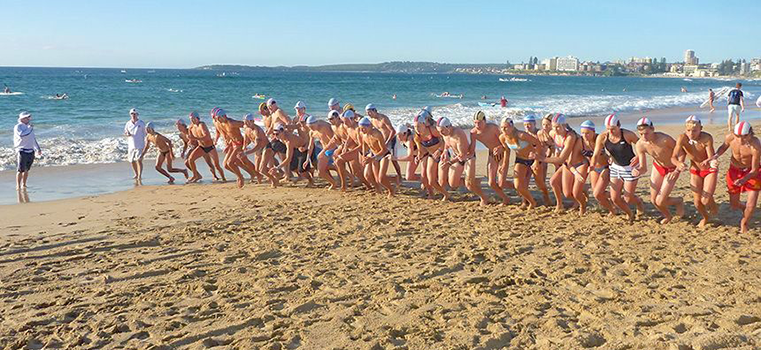Ganglion Cyst
A ganglion is a soft tissue mass that most commonly occurs on the wrist in women between 25 and 45 years of age. They are also seen commonly on the foot. A ganglion is a firm, rubbery mass that occurs on the top of the foot. On the foot, the most common area of involvement is in front of the ankle or on the outside of the ankle. A common characteristic of a ganglion is that they will enlarge and then shrink is size. They generally occur without any apparent cause. Ganglions arise spontaneously from a weakness in the soft tissue covering of a joint or tendon sheath. Ballooning out of the tissue occurs and it fills with a thick mucoid fluid. In many instances, ganglions are not painful until they reach a size that causes irritation from shoe pressure. On occasion they will compress a nearby skin nerve and cause tingling into the top of the toes. Tapping on the ganglion will often result in this same tingling sensation into the toes. Other common masses on the foot are giant cell tumors, fibromas and lipomas.
Diagnosis
The diagnosis is made by taking a thorough history of the clinical course of the condition. Physical exam will reveal a firm, rubbery mass that appears encapsulated and will have a discreet boundary. They tend to be firmly adhered to the underlying deep tissues under the skin. An x-ray will reveal the shadow of the soft tissue swelling. On occasion there may be a small bone spur in the area of the ganglion. Spurring indicates a level of arthritis in the joint near the ganglion. An MRI or CT scan will clearly define the mass but is not necessary to make the diagnosis. If a ganglion were suspected within the deep structures of the foot an MRI would be useful to identify the size and extent of the mass.
Treatment
Small ganglions that are not symptomatic or painful usually require no treatment. A non-surgical form of treatment is termed "needling". This involves numbing the area with a local anesthesia. Once the area is numb a large gauge needle is placed into the ganglion. Aspiration of ganglion fluid is attempted, however, because of the thickness of the fluid it is often difficult to draw the fluid out. The ganglion is then punctured with the needle several times. A steroid medication may then be placed into the mass and a snug bandage applied. This treatment has a 70% recurrence rate. The definitive treatment for a ganglion is surgical excision.
Surgical Excision of the Ganglion
The definitive treatment for a ganglion mass is surgical excision. The surgical excision of a ganglion can be performed under a local anesthesia, intravenous anesthesia or a general anesthesia. It is generally performed in an outpatient surgery center. Under some circumstances the procedure may be performed in the physician's office. Following administration of anesthesia an incision is placed centered over the mass. Care must be taken to protect any skin nerves in the area. The mass is dissected from the surrounding soft tissues and removed. The ganglion mass has a tail that extends from the joint or tendon sheath that it arises from. During the dissection of the mass the tail is identified. Once the tail has been identified and cut the area of exit from the joint or tendon sheath is closed with suture or electrocautery. Following the placement of sutures to close the surgical site a gauze compressive dressing is applied. In some instances, the surgeon will apply a splint or below the knee cast.
Recovery Period
The recovery period depends upon the location of the ganglion and the amount of dissection required removing it. In many instances patients are placed in a splint or below the knee cast following the surgical procedure. The surgeon may require the patient to use crutches for several days to up to three weeks. This level of protection may be necessary if the ganglion is near the ankle joint. Movement of the ankle can cause undue stress on the surgical site and delay healing or increase the risk of scaring in the area or recurrence of the mass. The patient is seen for their first follow up visit in 3to 7 days. During this period of time the patient must stay off of the foot, keeping it elevated above the heart. On the first visit the surgeon checks the surgical site and the bandage is reapplied. The sutures are removed in 10 to 14 days following the day of surgery. If a cast or crutches are not necessary, the patient is allowed to return to lose fitting shoes within two weeks of the surgery. Limited activity is recommended for a minimum of three to four weeks. The time required to be off from work will depend upon the demands of the job and the shoes required for work. In the best of circumstances, the patient should remain off from work for a minimum of one week. Quite often the patient will be required to be off from work two to three weeks or longer. If the patient can return to work while wearing a cast, they may be able to return in a shorter period of time. It may take up to six weeks before a patient may return to exercise or sporting activities.
Possible Complications
Overall, the surgical procedure is safe and without complications. However, as with any surgical procedure there are possible complications. The possible complications associated with the removal of a ganglion include infection, excessive swelling with delays in healing, damage to surrounding skin nerves or recurrence of the ganglion. It is important that during the period of time that the sutures are in place the foot be kept dry. Moisture will increase the risk of infection. Additionally, it is important the patient stays off the foot and keeps it elevated during the first week to ten days following the surgery. Excessive swelling at the surgical site will lead to delays in the healing process and promote excessive scaring. Excessive movement at the surgical site may weaken the deep sutures and increase the risk of recurrence of the ganglion. On occasion while removing the mass it may be necessary to sacrifice one of the small skin nerves in the area of the surgery. In fact, it is not uncommon for one of these nerves to be invested into the ganglion. When this is the case, the nerve must be cut in order to remove the ganglion. When the nerve is cut, it will result in a small area of numbness on the top of the foot. Generally, this does not cause a long-term problem. If excessive swelling or scaring occurs at the surgical site one of the small skin nerves may become caught in the scar tissue and result in pain following the surgery.
DISCLAIMER: MATERIAL ON THIS SITE IS BEING PROVIDED FOR EDUCATIONAL AND INFORMATION PURPOSES AND IS NOT MEANT TO REPLACE THE DIAGNOSIS OR CARE PROVIDED BY YOUR OWN MEDICAL PROFESSIONAL. This information should not be used for diagnosing or treating a health problem or disease or prescribing any medication. Visit a health care professional to proceed with any treatment for a health problem.










